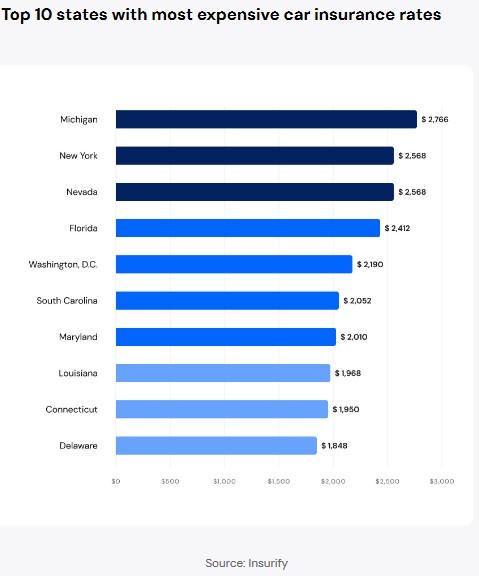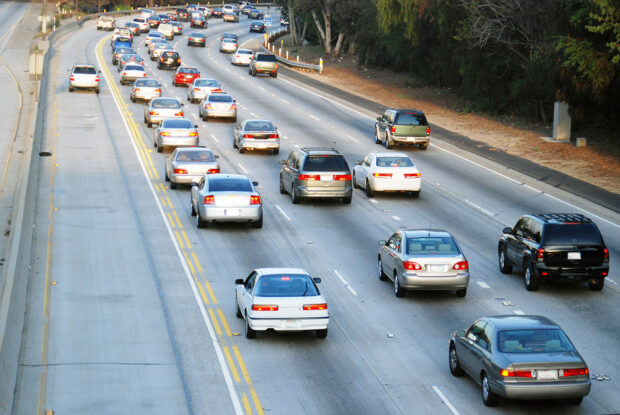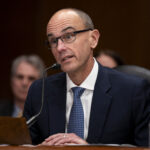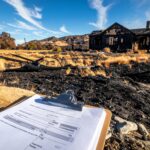Car insurance premiums are skyrocketing primarily due to rising auto parts costs and extreme weather, according to virtual insurance agent platform Insurify’s Q3 2023 Mid-Year Auto Insurance Trends Report.
In the first six months of this year, car insurance premiums increased 17 percent, based on Insurify’s review of its database of 90 million car insurance quotes.
The figure is significant because it’s more than double the 7 percent increase company analysts had predicted for the year. Additionally, it’s expected that rates will rise another 4 percent by the end of 2023.
Of concern, the number of drivers purchasing full coverage policies has declined by more than 50 percent this year.
According to Allie Feakins, SVP of Insurance, increases of 12-15 percent in auto insurance prices are expected.
“Vehicle repair and maintenance costs have outpaced inflation and show no signs of slowing, leading insurers to increase auto insurance prices to keep up with the cost of higher claim payouts,” Feakins said.
Car insurance premiums are rising the most in New Mexico, Nevada, New Jersey, Michigan and Indiana.

According to the digital insurance platform provider, those states saw increases of more than 33 percent in the past year.
Some insurers applied for multiple rate increases in 2022, according to state insurance department regulators.
Some factors that influence car insurance rates include location, weather, population density and crime rates.
The top five states with the most expensive car insurance premiums include Michigan, New York, Nevada, Florida and Washington D.C.
“Severe climate catastrophes and an inflation-related surge in repair and replacement costs led to record-breaking losses in 2022,” the report noted.
One factor driving up auto insurance premiums is the consumer price index for vehicle maintenance and repair has shown double-digit increases beginning in September 2022.
Another factor is extreme weather, with catastrophes driving up the frequency of auto losses.
“The frequency and severity of natural disasters have led to some geographical areas experiencing different types of weather events from what they’ve seen before,” said Betsy Stella, VP of Carrier Management and Operations. “More vehicles are being caught and destroyed in fires and floods, and ice is sticking around longer, increasing the likelihood of collisions.”
The rising cost of auto insurance will lead consumers to comparison shop for the best rates and coverage.
As insurers look to contain their risk, high-risk drivers and those in certain states with frequent catastrophe losses where auto insurers are exiting will find their options limited.





















 McKinsey Plots Thousands of Job Cuts in Slowdown for Consulting Industry
McKinsey Plots Thousands of Job Cuts in Slowdown for Consulting Industry  Chubb, The Hartford, Liberty and Travelers Team Up on Surety Tech Co. Launch
Chubb, The Hartford, Liberty and Travelers Team Up on Surety Tech Co. Launch  Unpacking a Consumer Intervenor’s Novel Idea
Unpacking a Consumer Intervenor’s Novel Idea  Acrisure to Buy MGA Vave From Canopius
Acrisure to Buy MGA Vave From Canopius 